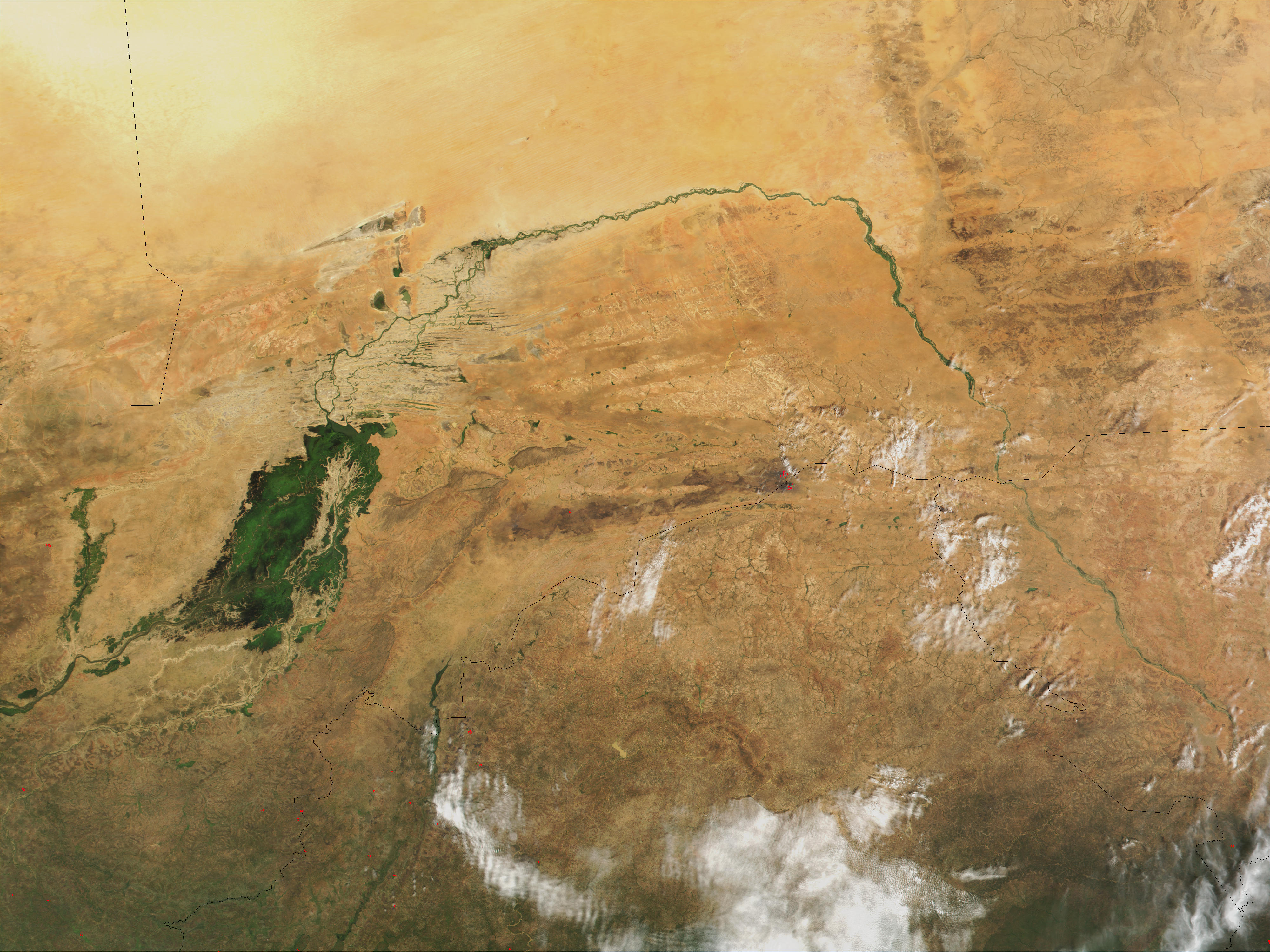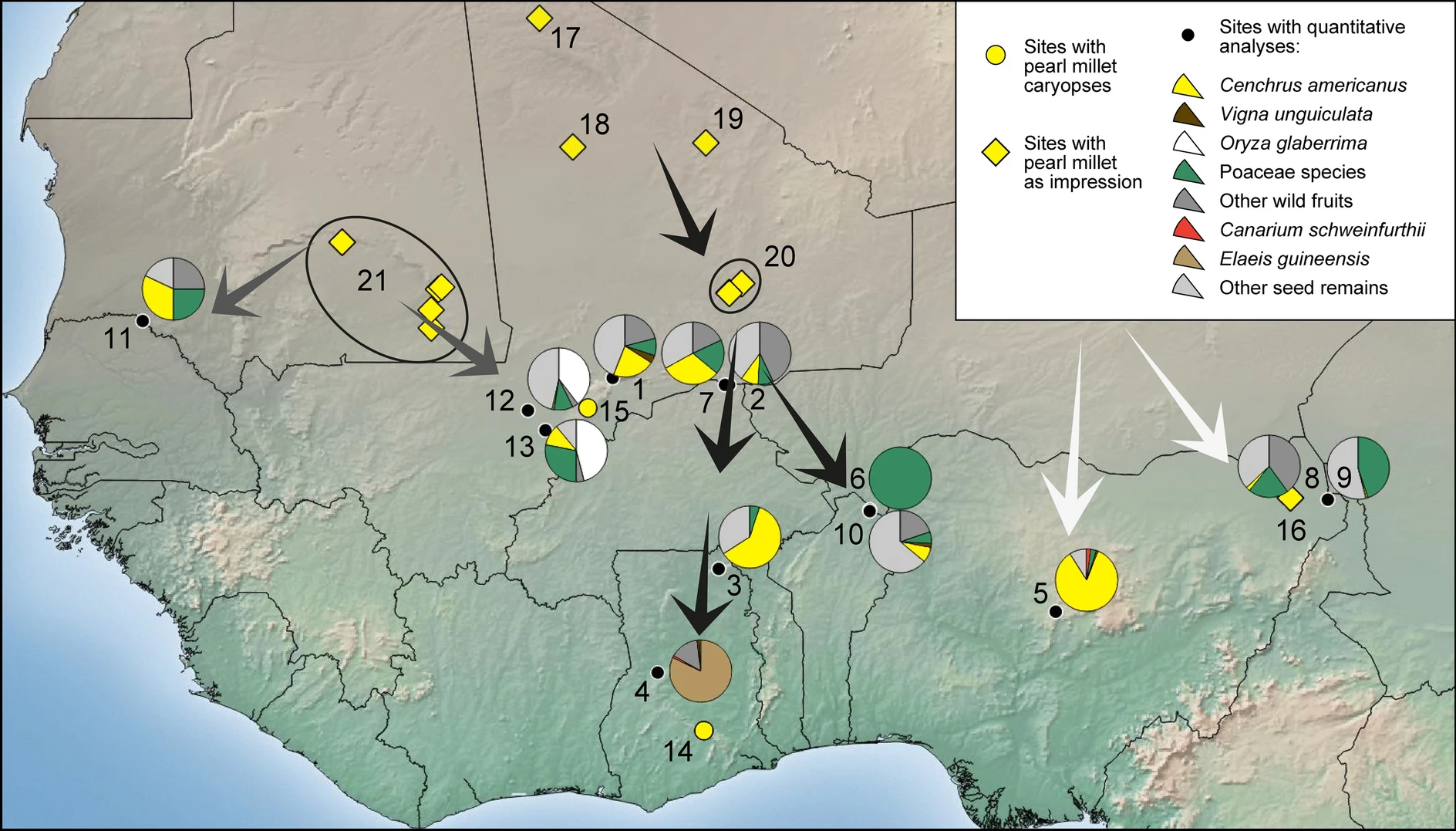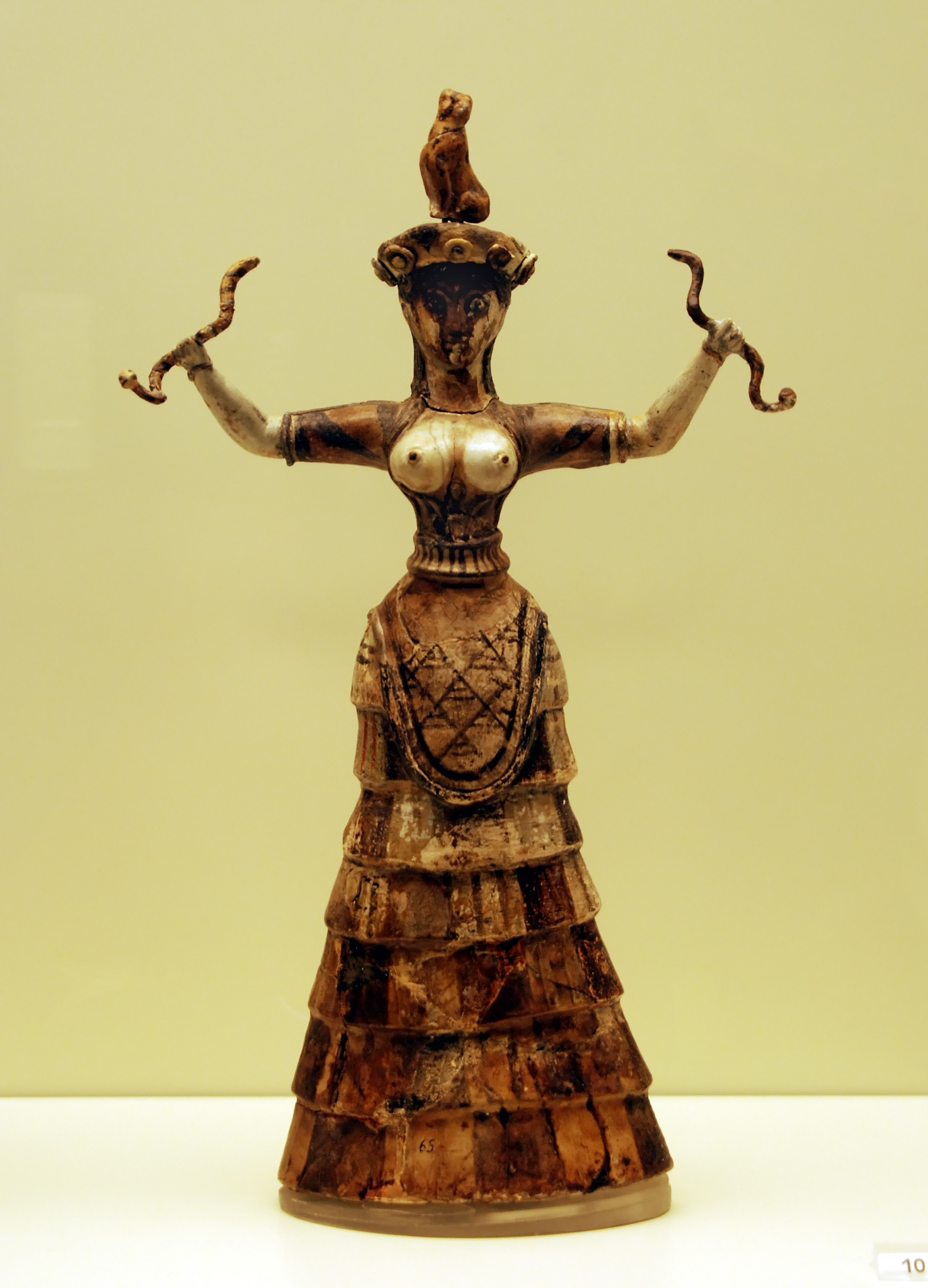|
Iron Metallurgy In Africa
Iron metallurgy in Africa concerns the origin and development of ferrous metallurgy on the Africa, African continent. Whereas the development of iron metallurgy in North Africa and the Horn of Africa, Horn closely mirrors that of the Ancient Near East and History of the Mediterranean region, Mediterranean region, the three-age system is ill-suited to Sub-Saharan Africa, where Copper metallurgy in Africa, copper metallurgy generally does not precede iron working. Whether iron metallurgy in Sub-Saharan Africa originated as an independent innovation or a product of technological diffusion remains a point of contention between scholars. Following the beginning of iron metallurgy in Western Africa, Western and Central Africa by Hallstatt plateau, 800 BC - 400 BC, and possibly earlier, agriculturalists of the Bantu expansion, Chifumbaze Complex would ultimately introduce the technology to Eastern Africa, Eastern and Southern Africa by the end of the 1st millennium, first millennium AD. ... [...More Info...] [...Related Items...] OR: [Wikipedia] [Google] [Baidu] |
Radiocarbon Dating
Radiocarbon dating (also referred to as carbon dating or carbon-14 dating) is a method for Chronological dating, determining the age of an object containing organic material by using the properties of carbon-14, radiocarbon, a radioactive Isotopes of carbon, isotope of carbon. The method was developed in the late 1940s at the University of Chicago by Willard Libby. It is based on the fact that radiocarbon () is constantly being created in the Atmosphere of Earth, Earth's atmosphere by the interaction of cosmic rays with atmospheric nitrogen. The resulting combines with atmospheric oxygen to form radioactive carbon dioxide, which is incorporated into plants by photosynthesis; animals then acquire by eating the plants. When the animal or plant dies, it stops exchanging carbon with its environment, and thereafter the amount of it contains begins to decrease as the undergoes radioactive decay. Measuring the amount of in a sample from a dead plant or animal, such as a piece of w ... [...More Info...] [...Related Items...] OR: [Wikipedia] [Google] [Baidu] |
African Bloomery Furnace Types
African or Africans may refer to: * Anything from or pertaining to the continent of Africa: ** People who are native to Africa, descendants of natives of Africa, or individuals who trace their ancestry to indigenous inhabitants of Africa *** List of ethnic groups of Africa *** Demographics of Africa *** African diaspora ** African, an adjective referring to something of, from, or related to the African Union ** Citizenship of the African Union ** Demographics of the African Union **Africanfuturism ** African art ** *** African jazz (other) ** African cuisine ** African culture ** African languages ** African music ** African Union ** African lion, a lion population in Africa Books and radio * ''The African'' (essay), a story by French author J. M. G. Le Clézio * ''The African'' (Conton novel), a novel by William Farquhar Conton * ''The African'' (Courlander novel), a novel by Harold Courlander * ''The Africans'' (radio program) Music * "African", a song by Peter ... [...More Info...] [...Related Items...] OR: [Wikipedia] [Google] [Baidu] |
Theodore Wertime
Theodore Allen Wertime (August 31, 1919 - April 8, 1982) was an American diplomat and historian. Early life Theodore Allen Wertime was born August 31, 1919, in Chambersburg, Pennsylvania, to Flora (née Montgomery) and Rudolf Wertime. His father was professor of music at Wilson College (Pennsylvania), Wilson College. Wertime graduated from Haverford College in 1939, and got a Master of Arts degree in history from the American University in Washington, D.C. Career Wertime served in the Office of Strategic Services in China during World War II and then became a China analyst in the State Department. He then worked as a Cultural Attaché in the U.S. Embassy in Tehran (1960-1963) and in Athens (1969-1972). In 1960s he edited Voice of America's radio program "Forum". He worked for the United States Information Agency, U.S. Information Agency and worked as its energy program officer for two years. He retired in 1975. Wertime also worked as a research associate at the Smithsonian Inst ... [...More Info...] [...Related Items...] OR: [Wikipedia] [Google] [Baidu] |
Carthage
Carthage was an ancient city in Northern Africa, on the eastern side of the Lake of Tunis in what is now Tunisia. Carthage was one of the most important trading hubs of the Ancient Mediterranean and one of the most affluent cities of the classical world. It became the capital city of the civilization of Ancient Carthage and later Roman Carthage. The city developed from a Phoenician colony into the capital of a Punic people, Punic empire which dominated large parts of the Southwest Mediterranean during the first millennium BC. The legendary Queen Elissa, Alyssa or Dido, originally from Tyre, Lebanon, Tyre, is regarded as the founder of the city, though her historicity has been questioned. In the myth, Dido asked for land from a local tribe, which told her that she could get as much land as an oxhide could cover. She cut the oxhide into strips and laid out the perimeter of the new city. As Carthage prospered at home, the polity sent colonists abroad as well as magistrates to rule t ... [...More Info...] [...Related Items...] OR: [Wikipedia] [Google] [Baidu] |
Urewe
The Urewe culture developed and spread in and around the Lake Victoria region of Africa during the African Iron Age. The culture's earliest dated artefacts are located in the Kagera Region of Tanzania, and it extended as far west as the Kivu region of the Democratic Republic of the Congo, as far east as the Nyanza and Western provinces of Kenya, north into Uganda, Rwanda and Burundi and south into Southern Africa. Sites from the Urewe culture date from the Early Iron Age, from the 5th century BC to the 6th century AD. The Urewe people certainly did not disappear, and the continuity of institutional life was never completely broken. One of the most striking things about the Early Iron Age pots and smelting furnaces is that some of them were discovered at sites that the local people still associate with royalty, and still more significant is the continuity of language. Chronology This civilisation emerges in the region during the transition from the second to the first mi ... [...More Info...] [...Related Items...] OR: [Wikipedia] [Google] [Baidu] |
Mali
Mali, officially the Republic of Mali, is a landlocked country in West Africa. It is the List of African countries by area, eighth-largest country in Africa, with an area of over . The country is bordered to the north by Algeria, to the east by Niger, to the northwest by Mauritania, to the south by Burkina Faso and Ivory Coast, and to the west by Guinea and Senegal. The population of Mali is about 23.29 million, 47.19% of which are estimated to be under the age of 15 in 2024. Its Capital city, capital and largest city is Bamako. The country has 13 official languages, of which Bambara language, Bambara is the most commonly spoken. The sovereign state's northern borders reach deep into the middle of the Sahara, Sahara Desert. The country's southern part, where the majority of inhabitants live, is in the Sudanian savanna and has the Niger River, Niger and Senegal River, Senegal rivers running through it. The country's economy centres on agriculture and mining with its most promine ... [...More Info...] [...Related Items...] OR: [Wikipedia] [Google] [Baidu] |
Niger River
The Niger River ( ; ) is the main river of West Africa, extending about . Its drainage basin is in area. Its source is in the Guinea Highlands in south-eastern Guinea near the Sierra Leone border. It runs in a crescent shape through Mali, Niger, on the border with Benin and then through Nigeria, discharging through a massive River delta, delta, known as the Niger Delta, into the Gulf of Guinea in the Atlantic Ocean. The Niger is the third-longest river in Africa, exceeded by the Nile and the Congo River. Its main tributary is the Benue River. Etymology The Niger has different names in the different languages of the region: * Fula language, Fula: ''Maayo Jaaliba'' * Manding languages, Manding: ''Jeliba'' or ''Joliba'' "great river" * Tuareg languages, Tuareg: ''Eġərəw n-Igərǝwăn'' "river of rivers" * Songhay languages, Songhay: ''Isa'' "the river" * Zarma language, Zarma: ''Isa Beeri'' "great river" * Hausa language, Hausa: ''Kwara'' *Nupe language, Nupe: ''Èdù'' ... [...More Info...] [...Related Items...] OR: [Wikipedia] [Google] [Baidu] |
Djenné-Djenno
Djenné-Djenno (also Jenne-Jeno; ) is a UNESCO World Heritage Site located in the Niger River Valley in the country of Mali. Literally translated to "ancient Djenné", it is the original site of both Djenné and Mali and is considered to be among the oldest urbanized centers and the best-known archaeological sites in West Africa. This archaeological site is located about from the modern town, and is believed to have been involved in long distance trade and possibly the domestication of African rice. The site is believed to exceed in area; however this is yet to be confirmed with extensive survey work. With the help of archaeological excavations mainly by Roderick and Susan McIntosh, the site is known to have been occupied from 250 BC to 900 AD. Previously, scholars did not believe that advanced trade networks and complex societies developed in West Africa until traders started coming from the north. However, sites such as Djenné-Djenno disprove this, as these tradit ... [...More Info...] [...Related Items...] OR: [Wikipedia] [Google] [Baidu] |
Nok Culture
The Nok culture is a population whose material remains are named after the Ham people, Ham village of Nok in Southern Kaduna, southern Kaduna State of Nigeria, where their terracotta sculptures were first discovered in 1928. The Nok people and the Gajiganna people may have migrated from the Central Sahara, along with pearl millet and pottery, and diverged prior to arriving in the northern region of modern-day Nigeria. This may have led to their respective settlements in the regions of Gajiganna and Nok. Nok people may have also migrated from the West African Sahel to the region of Nok. Nok culture may have emerged in 1500 BCE and continued to persist until 1 BCE. Nok people may have developed Nok culture#Sculptures, terracotta sculptures, through large-scale economic production, as part of a complex funerary culture that may have included practices such as feasting. The earliest Nok terracotta sculptures may have developed in 900 BCE. Some Nok terracotta sculptures portray figu ... [...More Info...] [...Related Items...] OR: [Wikipedia] [Google] [Baidu] |
3rd Millennium BC
File:3rd millennium BC montage.jpg, 400x400px, From top left clockwise: Pyramid of Djoser; Khufu; Great Pyramid of Giza, one of the Seven Wonders of the Ancient World; Cuneiform, a contract for the sale of a field and a house; Enheduana, a high priestess and one of the earliest known authors in history; Gudea (Background: Standard of Ur). rect 34 26 474 319 Pyramid of Djoser rect 541 58 802 271 Khufu rect 825 28 1264 297 Great Pyramid of Giza rect 79 352 401 656 Cuneiform rect 572 309 770 665 Enheduana rect 920 320 1157 676 Gudea rect 1 1 1279 719 Standard of Ur The 3rd millennium BC spanned the years 3000 to 2001 BC. This period of time corresponds to the Early to Middle Bronze Age, characterized by the early empires in the Ancient Near East. In Ancient Egypt, the Early Dynastic Period (Egypt), Early Dynastic Period is followed by the Old Kingdom. In Mesopotamia, the Early Dynastic Period (Mesopotamia), Early Dynastic Period is followed by the Akkadian Empire. In what is now Nort ... [...More Info...] [...Related Items...] OR: [Wikipedia] [Google] [Baidu] |





